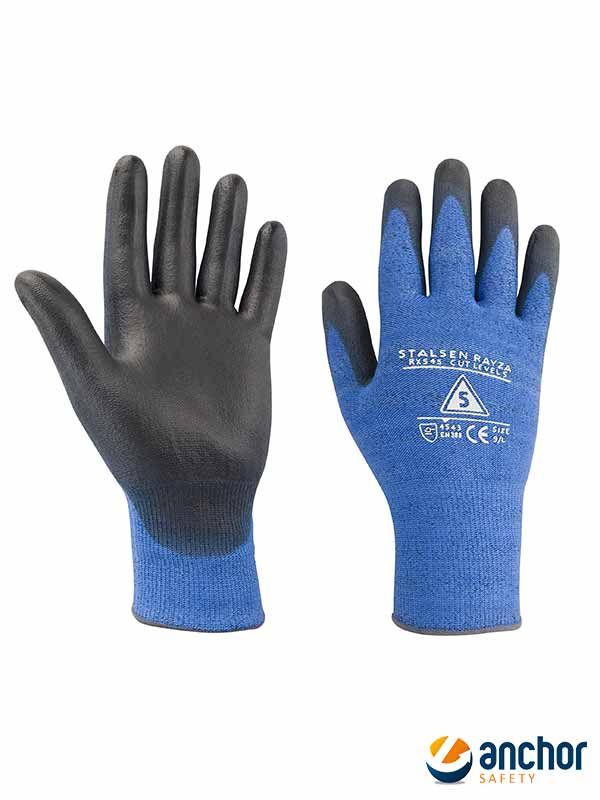With the headline topic Healthy Workplaces Lighten the Load, this European Week for Safety and Health at Work highlights the importance of preventing work-related musculoskeletal disorders (MSDs).
What is a Musculoskeletal Disorder?
MSDs refer to backache and/or muscular pains in shoulders, neck, upper limbs and/or lower limbs (hips, legs, knees, feet etc.) MSD work-related injuries are among the most common work-related accidents.
According to the 2015 European Working Conditions Survey, approximately three in every five workers report having an MSD, with backache and upper limb pain being the most common.
MSDs are a problem not only for individual workers, but also for businesses, economies and society, being one of the most common causes of disability, sick leave and early retirement.
General pain, headaches, eyestrain, overall fatigue and sleeping problems affect the lives of workers who suffer from MSDs, and these can all contribute to further high-risk situations.
What can result in workers suffering from MSDs?
Many common workplace hazards can lead to an MSD. Here are just some of the hazards faced frequently which may result in a debilitating MSD:
- Musculo Skeletal Injuries – contact with hard or sharp objects
- Handling objects – pushing, pulling, lifting etc.
- Repetitive movements
- Position – poor posture, awkward working positions
- Vibration
- Slips, trips and falls
- Cold environments
How should you prevent MSDs?
MSDs are preventable. Workplace risk assessments — to identify risks and ways of managing them — are the first stop for successful prevention. It is unlikely to be possible to eliminate every risk, but simple measures can be taken to reduce and manage MSD risk factors. Everyone in the workplace should be involved in identifying risks and coming up with ways of preventing them through a continuous improvement process.
Workplace psychosocial factors such as excessive workload, job insecurity or harassment can also contribute significantly to the risk of developing musculoskeletal disorders (MSDs). This means that psychosocial risk factors should also be included in MSD risk assessment, prevention and management.
Where risks cannot be completely avoided then PPE can significantly mitigate the problem. Here are some ideas of how you can protect different parts of the anatomy to prevent an injury or strain resulting in a longer-term problem:
|
Risk
|
Recommended PPE
|
Try these:
|
|
Object contact/handling
|
Good quality well fitting gloves, in cut proof or padded fabric.
| Cut Protection Gloves |
|
Vibration
|
Well fitting anti vibration gloves.
| Anti Vibration Glove |
|
Slips, trips and falls
|
Anti-slip proper fitting footwear
| Anti slip boot |
|
Cold environments
|
Warm clothing/layers that don’t add bulk.
| Thermal clothing |
Spotlight on Gloves:
Well-fitting protective gloves can reduce the amount of force needed to handle an item. Gloves should be comfortable and flexible for the task, and snug, but not tight, so as not to restrict blood supply. Loose fitting gloves can also get caught in machinery or cause the wearer to grip awkwardly or too tightly. Try the:
Stalsen Rayza RX545 Polyurethane Coated Cut Level C Glove
Product Code: A23-7545
|  |